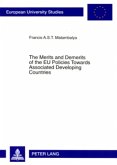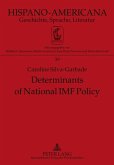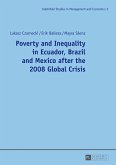The 1990s saw a revival of the currency board system, and proponents have advocated it as an easy-to-set-up exchange rate arrangement providing effective stabilization of the economy. However, the experience of Argentina has highlighted the risks of having a currency board. This study presents both the potential benefits, as well as the risks, of having a currency board by examining the stability of the currency board arrangement and identifying factors affecting the stability. The analysis is based on second-generation currency crisis models, extended to incorporate currency-board specific features and to account for particular aspects often found in currency-board economies.
Bitte wählen Sie Ihr Anliegen aus.
Rechnungen
Retourenschein anfordern
Bestellstatus
Storno








